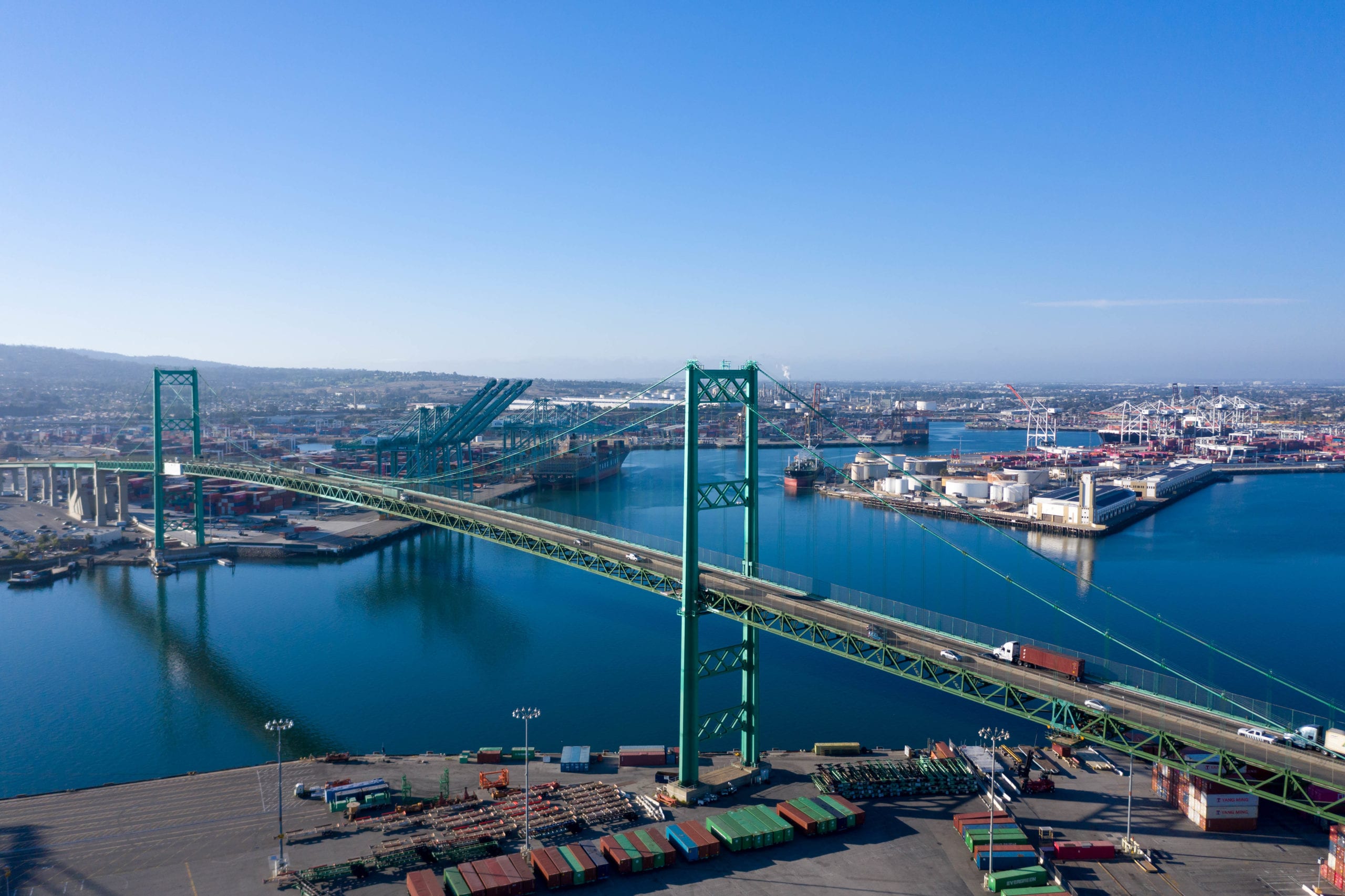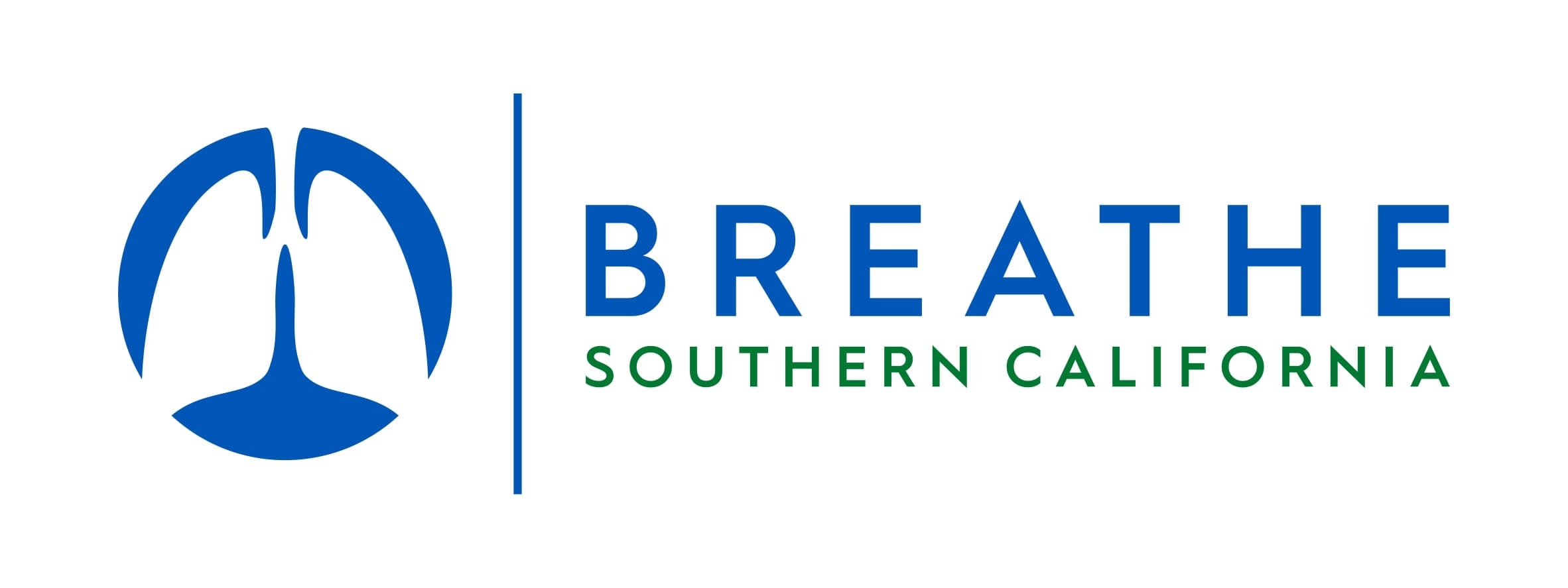For almost 15 years now, Los Angeles and Long Beach ports have been taking a holistic strategy to help reduce pollution from all forms of transportation through The Clean Air Action Plan. The plan has been a success over the years: emissions reductions exceeding 85% for particulate matter, 50% for nitrogen, and a staggering 95% for sulfur oxides, according to the program.
Targeting Emissions at the Ports
With the excessive amount of pollution that fills the air daily in Los Angeles County, the Clean Air Action Plan was established with the goal of greatly reducing health risks posed by air pollution from port-related transportation. The overall strategy for the comprehensive action plan looks at each form of transportation through a specific lens with tailored execution to ensure maximizing the greatest amount of reduction in pollution from each transportation sector.
Leading the way, the ports were the first to adopt an eventual California law that requires ships to plug into an electrical grid while idle at port.
Ships typically emit the largest amount of pollution at seaports, which may explain why the Clean Air Action Plan has created several programs to help address this issue. Port of Los Angeles Environmental Ship Index and Port of Long Beach Green Ship Incentive Program gives ships with new engines (or engines with equivalent NOx-reducing technology) a monetary break, as these current engines can be up to 80% cleaner than previous models. Both ports incentivize ships to slow down speeds when entering the harbor, thus reducing fuel use and subsequent pollution. Leading the way, the ports were the first to adopt an eventual California law that requires ships to plug into an electrical grid while idle at port.
Zeroing in on Trucks and More
Making a monumental impact in a minimal amount of time, the Clean Trucks Program lowered pollution from harbor trucks by over 90% in just over three years, outpacing the original benchmarks set in place. Originally launched in 2008, over ten years later the program has allotted for 22,000 drayage trucks available to service the port terminals, with over half equipped with 2010 or newer emission-compliant engines.
For the Pacific Harbor Line (PHL), the cleanest locomotive nationwide and one of the first of its kind, the Clean Air Action Plan requires the PHL to operate only the most emissions efficient, up-to-date locomotives and keep idle periods to no longer than 15 minutes. Other notable “firsts” thanks to the Clean Air Action Plan include testing and using some of the first zero emission yard tractors and cranes for cargo handling equipment.
Progress Made with More Work to be Done
The Clean Air Action Plan continues to make strides in reducing the pollution in surrounding seaside areas across Los Angeles County, but there is still more that can be achieved.
The Clean Air Action Plan continues to make strides in reducing the pollution in surrounding seaside areas across Los Angeles County, but there is still more that can be achieved. High volumes of traffic and increased global commerce through the ports require continued research and advocacy on air quality, specifically focused on clean transportation. BREATHE LA aids in proposed policy principles for California legislation centered around cleaner air. Supporting innovative technologies that reduce air pollution, specifically around zero and near-zero emission technologies is a major focus of BREATHE LA as an organization. As air pollution from ports and goods movement disproportionately affects disadvantaged communities, BREATHE LA continues to make reaching and educating underserved neighborhoods in Los Angeles County our priority. Events such as our clean technology workshops and the recent Changing Landscape Mobility in Southern California panel discussion specifically focus on gathering leaders and educating community members on clean vehicles, clean energy options, and other ways residents can live more sustainably.



